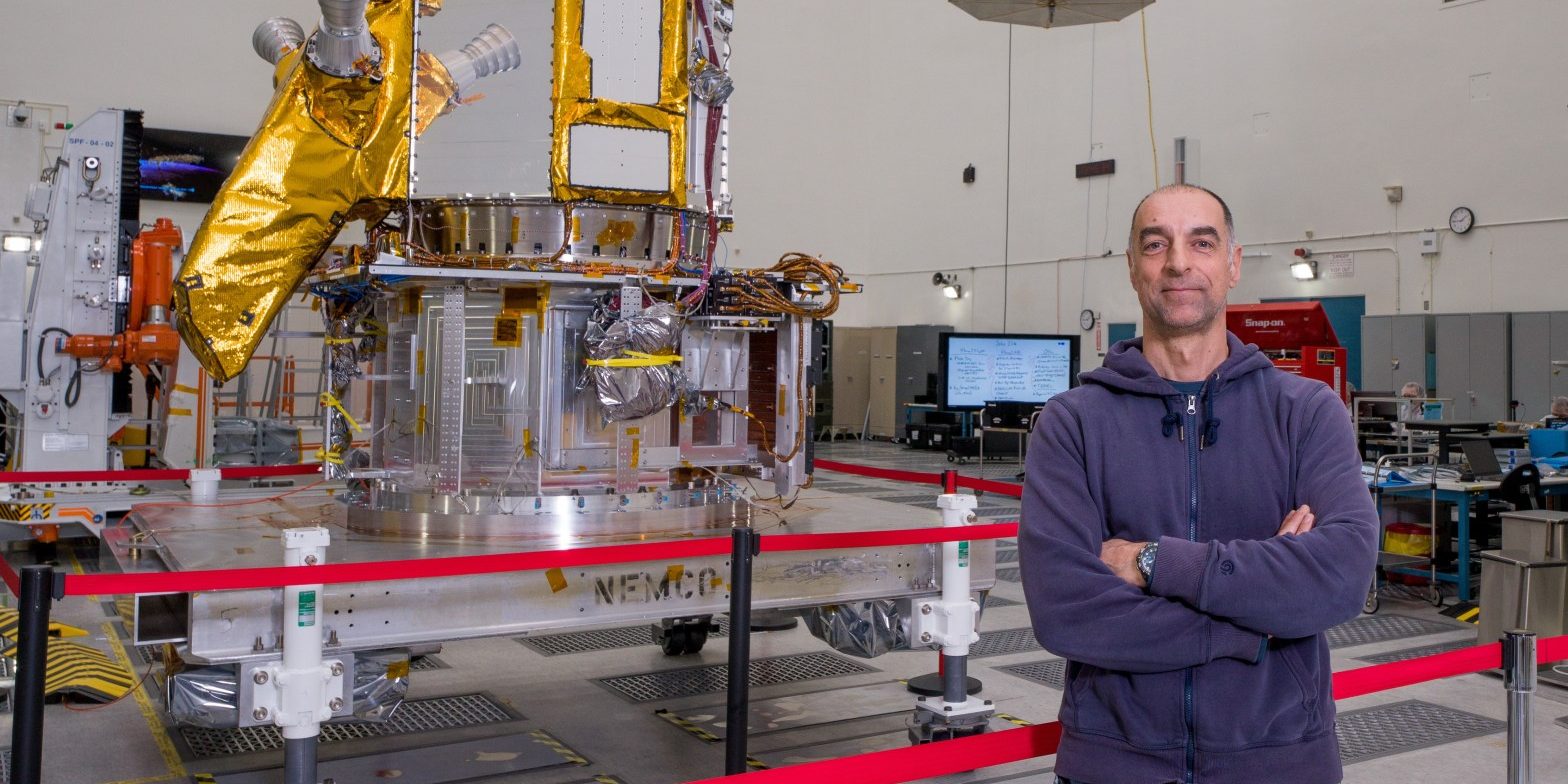Antenna developments for space applications have a long history at the National Aeronautics and Space Administration (NASA) Jet Propulsion Laboratory. Starting from the 1970s, Voyager; Galileo; Cassini; the Shutter Radar Topography mission; and, more recently, Aquarius, the Soil Moisture Active Passive mission, the Surface Water and Ocean Topography mission, the NASA-Indian Space Research Organisation Synthetic Aperture Radar joint mission, and the Investigation of Convective Updrafts mission are just a few major flight projects that required the design and development of very complex antenna systems for telecommunications, radar, and radiometric applications. They were and, in most cases, still are the state of the art in antenna design for space applications. In the past, reliance has mostly been on relatively simple radio frequency (RF) models and formulations, with a considerable amount of prototype testing to validate antenna performance. In recent years, RF modeling tools like the high-frequency structure simulator (known as HFSSTM), the general responsibility assignment software patterns (known as GRASPTM) tool, and a few more have reached capabilities that were unimaginable just a few years back. At the same time, computer power and available memory have been steadily increasing. Thanks to this fertile ground, it is now possible to run extremely complex RF simulations of very large structures in a relatively short time, with very good results. This presentation will guide the audience through a few examples of flight projects, where very complex RF models have provided extremely accurate results and allowed for the development of very complex instruments, some of which are still flying today.

NISAR Team Photos Prior to Shipping. (Courtesy of Paolo Focardi)
Requester: Victor Mora, Scott Nowak
Date: 12-FEB-2023
Photographer: Ryan Lannom
Presented: December 11, 2024 12:00 pm (ET)
Presented by: Paolo Focardi
Focus Areas
Host a Webinar with dsiac
Are you interested in delivering a webinar presentation on your DoD research and engineering efforts?
Want to find out more about this topic?
Request a FREE Technical Inquiry!

